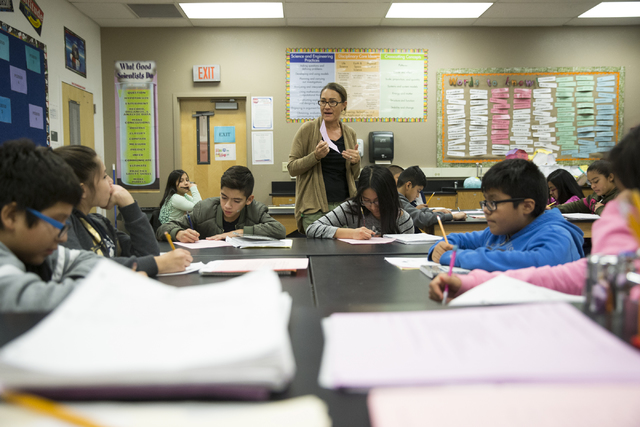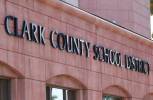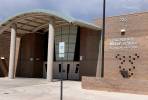Nevada teachers may finally receive standard evaluation system
A twice-altered state teacher evaluation system may finally be rolled out without any changes this year.
The evaluations, which rely on observations and test scores, create a single standard for all state teachers and administrators. It was first introduced in the 2011 session, but tweaked in 2013 and 2015.
“We don’t have any interest in changing that or recommending any changes,” said Dena Durish, the deputy superintendent for educator effectiveness and family engagement division with the Department of Education. “We feel that this will be the first time since 2011 that the law hasn’t been changed, let’s give us an opportunity to go for full implementation.”
No draft bills have been filed to change the system for the upcoming session.
Initially, evaluations were based on the principal’s observation, and data wasn’t collected statewide.
Now, teachers are evaluated on a principal’s observation and student test scores, although finding a formula has been difficult.
A final calculation will be presented to the state Board of Education in March by a council led by Pam Salazar, who also works in the department of educational leadership at UNLV.
“We feel very confident they (the evaluations) are grounded in strong research and recent research,” she said.
Teachers are rated as highly effective, effective, minimally effective or ineffective.
For the 2016-17 teacher ratings, 80 percent comes from the principal observation. The remaining 20 percent is based on student test scores and split into two categories.
Ten percent is based on a schoolwide scores aggregated from student testing from the previous year. The council’s recent work has focused on how to create a uniform 10 percent score for all teachers in a school.
The other 10 percent is based on how the individual teacher’s students scores grew during the year.
In the following years, observations will drop to 60 percent and the two test scores areas will increase to 20 percent each.
Schoolwide, scores will lag for one year because the results from the Smarter Balanced tests aren’t available. Teachers are rated at the end of each academic years.
At least 40 states require districts to incorporate some type of student measure in their evaluation, according to a recent report from the National Council on Teacher Equality.
The report cautions that states shouldn’t allow teachers to receive an overall effective rating if their student test grades are low.
Contact Meghin Delaney at 702-383-0281 or mdelaney@reviewjournal.com. Follow @MeghinDelaney on Twitter.
EVALUATION BREAKDOWN
For the 2016-17 academic year here's a breakdown of how teachers will be evaluated:
— 80 percent based on a principal or administrator's observation
— 10 percent based on how the teacher's individual students grew
— 10 percent based on a uniform score given to all teachers in the school, calculated from state tests
For the 2017-18 year and beyond, here's a breakdown of how teachers will be evaluated:
— 60 percent on a principal or administrator's observation
— 20 percent based on how the teacher's individual students grew
— 10 percent based on a uniform score given to all teachers in a school, calculated from state tests




























